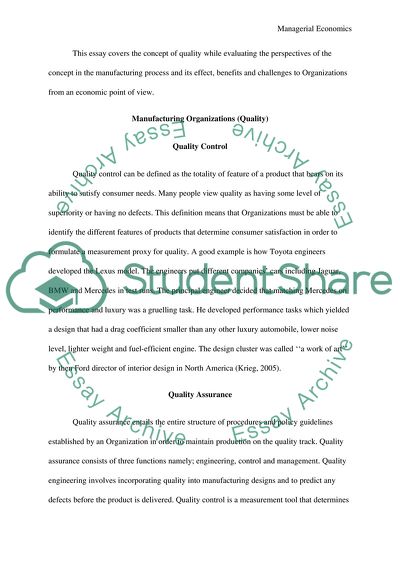Cite this document
(Economics, Quality and Organisation Report Example | Topics and Well Written Essays - 2000 words - 1, n.d.)
Economics, Quality and Organisation Report Example | Topics and Well Written Essays - 2000 words - 1. https://studentshare.org/engineering-and-construction/1826302-economics-quality-and-organisation
Economics, Quality and Organisation Report Example | Topics and Well Written Essays - 2000 words - 1. https://studentshare.org/engineering-and-construction/1826302-economics-quality-and-organisation
(Economics, Quality and Organisation Report Example | Topics and Well Written Essays - 2000 Words - 1)
Economics, Quality and Organisation Report Example | Topics and Well Written Essays - 2000 Words - 1. https://studentshare.org/engineering-and-construction/1826302-economics-quality-and-organisation.
Economics, Quality and Organisation Report Example | Topics and Well Written Essays - 2000 Words - 1. https://studentshare.org/engineering-and-construction/1826302-economics-quality-and-organisation.
“Economics, Quality and Organisation Report Example | Topics and Well Written Essays - 2000 Words - 1”. https://studentshare.org/engineering-and-construction/1826302-economics-quality-and-organisation.


